Top speed 200 km/h Length 7.24 m | Wingspan 11 m Manufacturer Auster | |
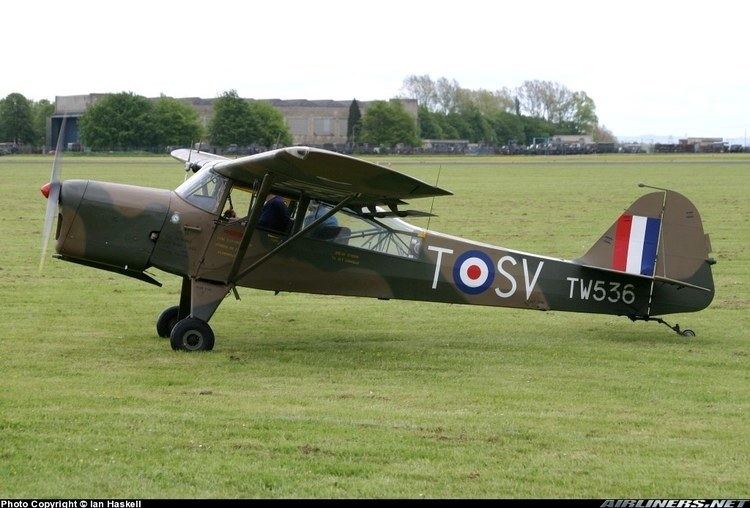 | ||
Flying the auster at biggin hill
The Auster AOP.6 was a British military air observation aircraft produced by Auster Aircraft Limited to replace the numerous wartime Taylorcraft Auster aircraft then in-service.
Contents
- Flying the auster at biggin hill
- Abingdon air and country show 2016 auster aop 6
- History
- Variants
- Military operators
- Specifications AOP6
- References
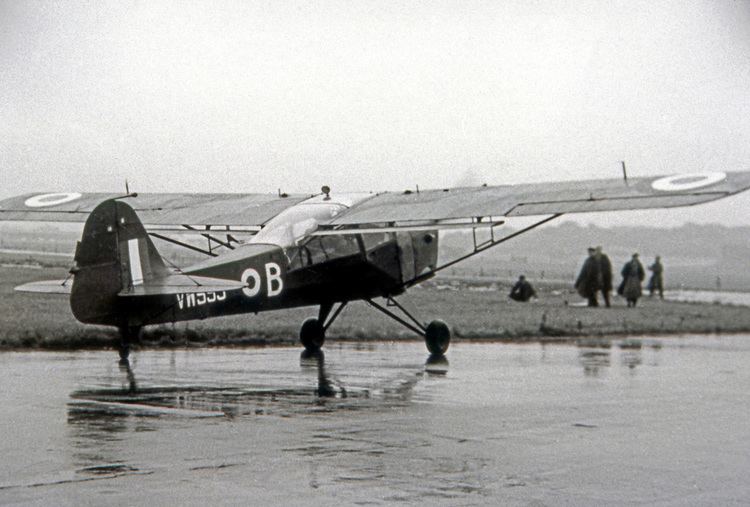
Abingdon air and country show 2016 auster aop 6
History
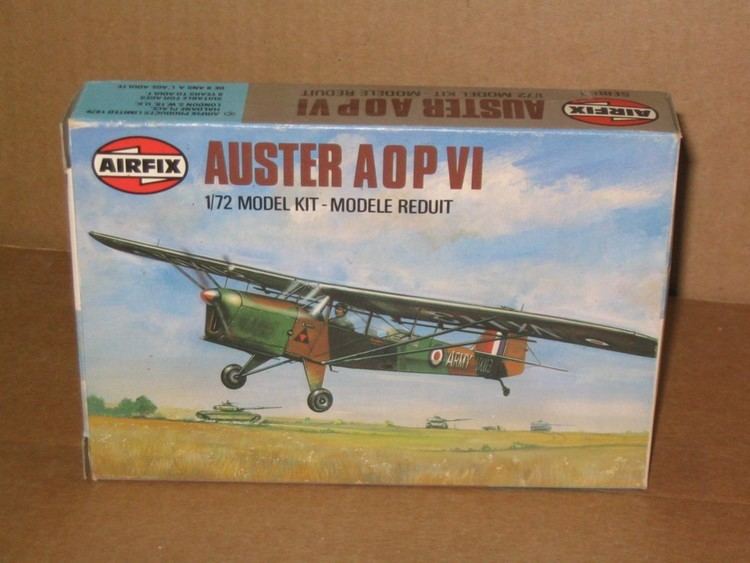
The Auster AOP.6 (Auster Model K) was designed as a successor to the Taylorcraft Auster V, it had a strengthened fuselage, increased all-up weight and a 145 hp (108 kW) de Havilland Gipsy Major 7 engine. It had a different appearance to the wartime Austers due to the lengthened landing gear struts (due to the larger propeller), and external non-retractable aerofoil flaps.
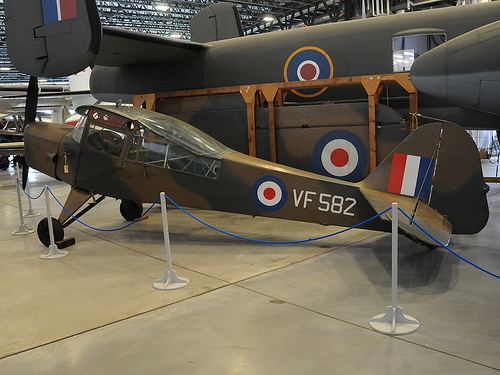
An initial production run of 296 were completed for the Royal Air Force in 1949. A second batch was produced from 1952 with a total delivered of around 400. Some aircraft ordered by the Royal Air Force aircraft were diverted to the Belgian Air Force (22) and the Royal Hong Kong Auxiliary Air Force (2). New aircraft were delivered to Royal Canadian Air Force, South African Air Force, and the Arab Legion Air Force (Jordan).
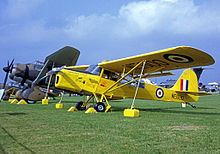
A dual-control training version of the AOP.6 was produced, 77 serving as the Auster T.7 (Auster Model Q). These flew alongside the AOP.6 in the AOP squadrons.
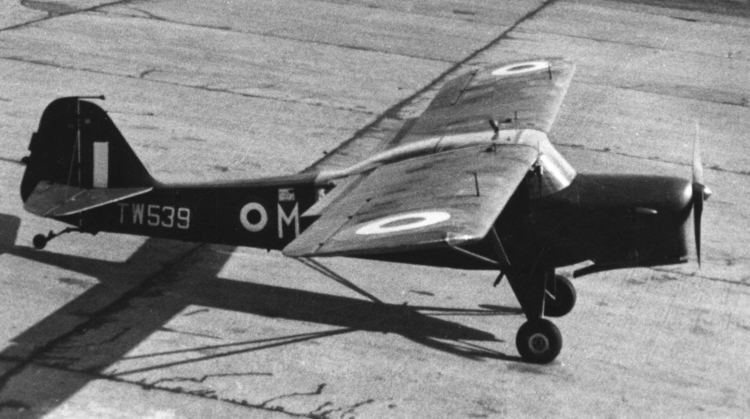
In 1955 two T.7 aircraft were modified for use on the 1956 Commonwealth Trans-Antarctic Expedition, being designated Auster Antarctic (Auster Model C4). The aircraft had extra radio equipment, larger tail surfaces, the ability to be fitted with floats or skis as required and a bright yellow finish to increase visibility against the snow and ice.
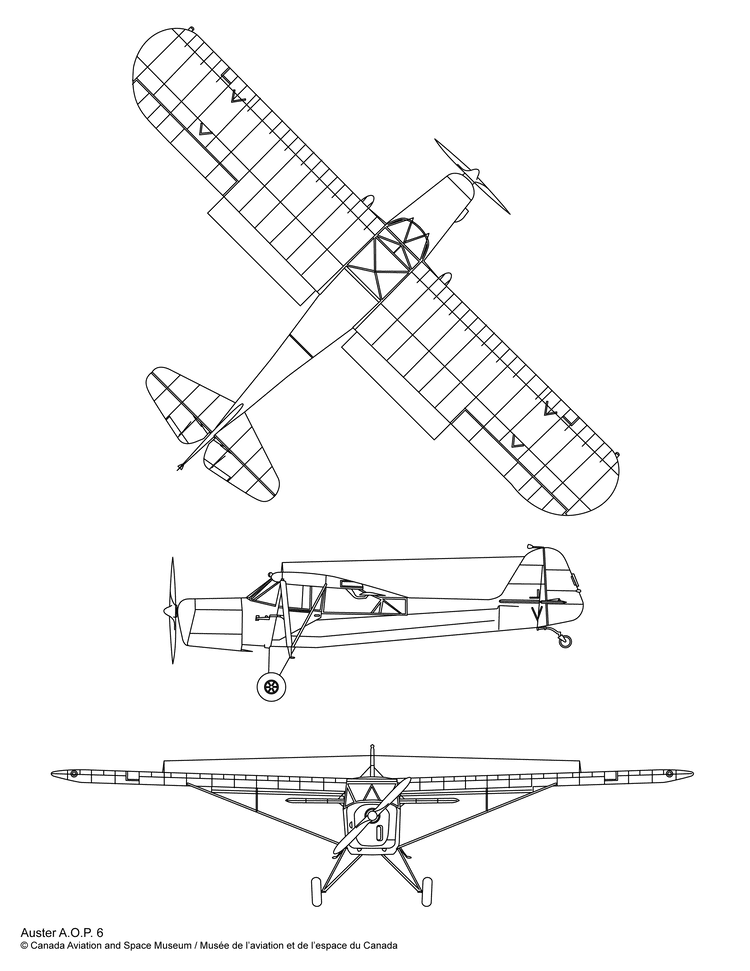
The aircraft was gradually replaced with the Auster AOP.9 from 1955 and surplus aircraft were converted to civilian use, first as the Auster 6A and later as the Beagle A.61 Terrier.
Variants
Military operators
Specifications (AOP.6)
Data from Green:
General characteristics
Performance
